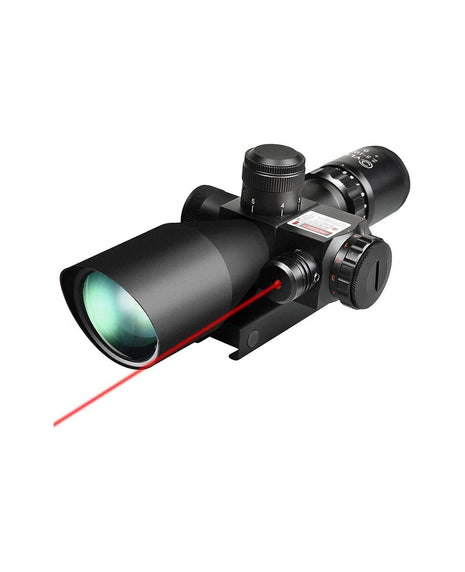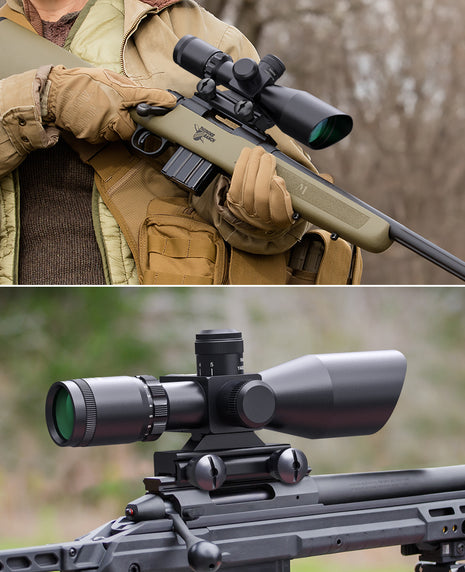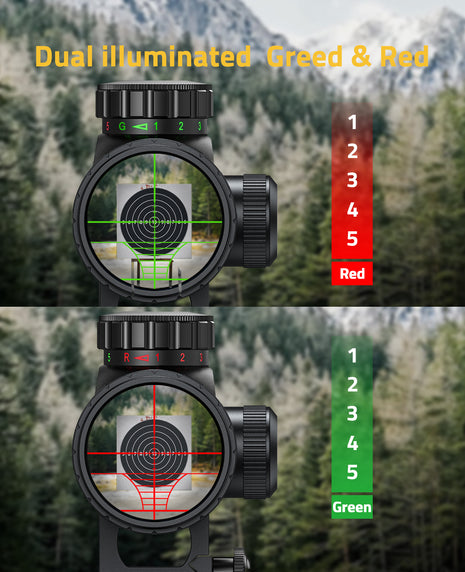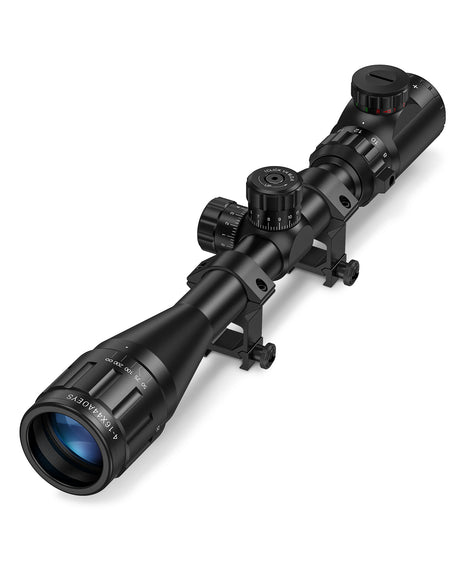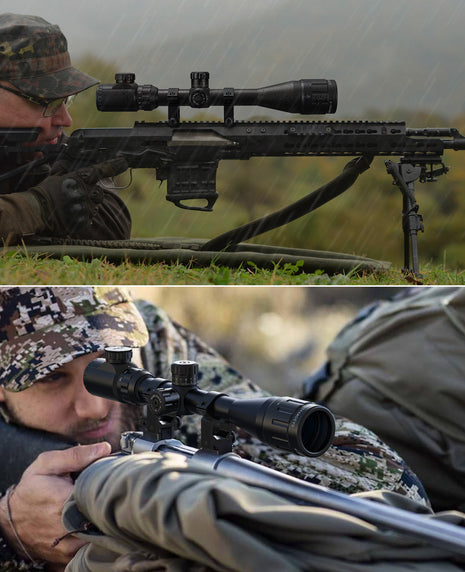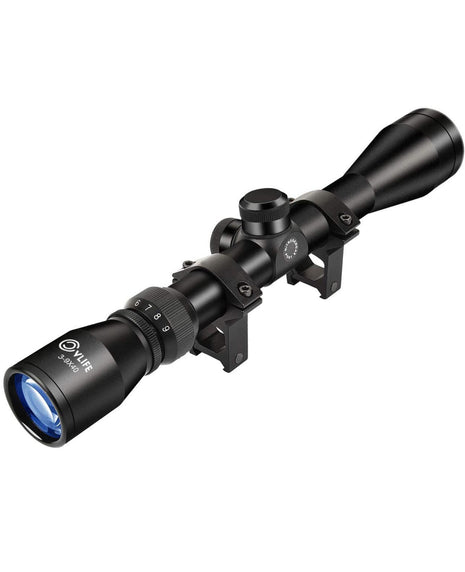How Do BDC Scopes Compare to Mil-Dot Scopes for AR-15s?
- 7 min Lesezeit
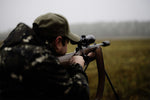
Explore the differences between BDC and mil-dot scopes for AR-15s. Learn which reticle suits your shooting style best.
When it comes to optimizing your AR-15 for accuracy, one of the most important choices you'll make is the type of reticle in your scope. Two of the most popular options out there are BDC scopes and mil-dot scopes. But how do they really compare—and which one’s better suited for your needs?
Let’s compare the two and help you make the best decision for your shooting style.
What Is a BDC Scope?
A BDC scope features holdover marks pre-calibrated for bullet drop at set distances. It allows fast aiming without manual adjustments—ideal for common AR-15 calibers like 5.56 NATO.
Why it matters:
For AR-15 shooters using consistent ammo, this is a massive time-saver. Instead of dialing elevation or calculating holdovers, just aim using the correct reticle mark.
Example use:
Let’s say you zero your BDC scope at 100 yards. The next hash marks down might correspond to 200, 300, 400 yards, etc.—perfect for fast-paced hunting or competition.
Use Case: Fast-paced shooting like 3-Gun competitions or hunting at known distances.
What Is a Mil-Dot Scope?
A mil-dot scope uses a reticle marked with evenly spaced dots (or hash marks) based on the milliradian (mil) measurement system. This allows shooters to manually estimate distance, calculate bullet drop, and adjust for wind.
Why it matters:
Mil-dot reticles aren’t locked into a specific caliber or load. That makes them more flexible—but also more complex.
Example use:
You’re at the range shooting various loads or in unpredictable wind. A mil-dot reticle lets you make real-time calculations and apply them to your shot.
Use Case: Long-range or tactical shooting where adaptability is crucial.
BDC vs. Mil-Dot Scopes: Side-by-Side Comparison
| Feature | BDC Scope | Mil-Dot Scope |
|---|---|---|
| Calibration | Caliber-specific | Universal |
| Ease of Use | Very simple | Requires training |
| Flexibility | Limited | Very high |
| Target Acquisition | Fast | Moderate |
| Wind Adjustments | Basic | Advanced |
| Best For | Hunting, 3-Gun | Precision shooting |
Which Is Better for AR-15 Shooters?
Choosing between a BDC and Mil-Dot reticle depends largely on your shooting goals, experience level, and the kind of shooting environment you operate in. Here's a breakdown for different user profiles:
🔰 Beginner AR-15 Owners
If you're relatively new to shooting or just want a straightforward optic that helps you make quick decisions without math or memorizing formulas, a BDC scope is the smarter pick. These reticles are often designed with pre-calibrated marks for popular rounds like 5.56 NATO or .223 Remington, so you can aim confidently at 100, 200, 300 yards and so on—without dialing turrets or calculating holds.
-
Why it works: Less room for error, intuitive reticle design.
-
Example use: Weekend range sessions, casual target shooting, small game hunting.
🏕️ Hunters
For hunters, especially those targeting game at variable but known distances (like deer or hogs at 100–300 yards), BDC scopes shine. You likely have a preferred load and a zeroed rifle—so a BDC reticle calibrated to your ammo means faster shots with less guesswork, especially when time is limited.
-
Why it works: Quicker follow-up shots, fewer adjustments needed in the field.
-
Tip: Make sure your BDC matches your caliber and barrel length for optimal accuracy.
🎯 Precision & Tactical Shooters
For shooters who stretch their AR-15s to their ballistic limits—say, pushing 500+ yards or engaging targets in dynamic scenarios—a Mil-Dot scope is the better tool. With its standardized spacing (usually 1 mil = 3.6" at 100 yards), you can measure targets, calculate range, adjust for wind, and make real-time holdovers.
-
Why it works: More control, more flexibility.
-
Example use: Tactical drills, long-range competitions, advanced training courses.
👊 3-Gun or Competition Shooters
Speed is king in 3-Gun matches, and for many shooters in this category, BDC scopes (especially LPVOs with BDC reticles) are ideal. They let you transition between close-range and mid-range targets rapidly, without fiddling with dials.
-
Why it works: Clear holdovers, faster than turret-based systems.
-
Pro tip: Combine a BDC reticle with an illuminated optic for even faster pickups under pressure.
Conclusion
If you switch ammo types often, the fixed calibration of a BDC scope might become a problem. Mil-dot scopes require a bit more know-how, but they’ll adapt to whatever you throw at them.
Some LPVOs and tactical scopes combine features, offering BDC-style hash marks within a mil-dot or MRAD framework. These can be great if you’re looking for the best of both worlds.
Ultimately, the right scope for your AR-15 depends on what you shoot, how you shoot, and how much control you want over every shot.
Frequently Asked Questions
Q: Can I recalibrate a BDC scope for different ammo?
A: Not directly. You can re-zero your rifle or use holdover estimation, but the hash marks are fixed for a certain ballistic curve.
Q: Is a mil-dot scope too complex for beginners?
A: Not if you're willing to learn. There’s a learning curve, but it pays off in adaptability.
Q: What’s the effective range for BDC scopes?
A: Depends on the reticle, but usually accurate out to 600 yards for 5.56.
Q: Which does the military prefer?
A: Most military optics are mil-based, giving operators full control over ballistic adjustments.
Tags
Das gefällt dir vielleicht auch
Blogs & Neuigkeiten
-

, Von C V How Do BDC Scopes Compare to Mil-Dot Scopes for AR-15s?
-

, Von C V How to Use BDC Holdovers for Different Bullet Weights?
-

, Von C V Is a 1-6x BDC Scope Better Than a 3-9x for AR-15?
-

, Von C V How to Zero an AR-15 Scope with a BDC Reticle

